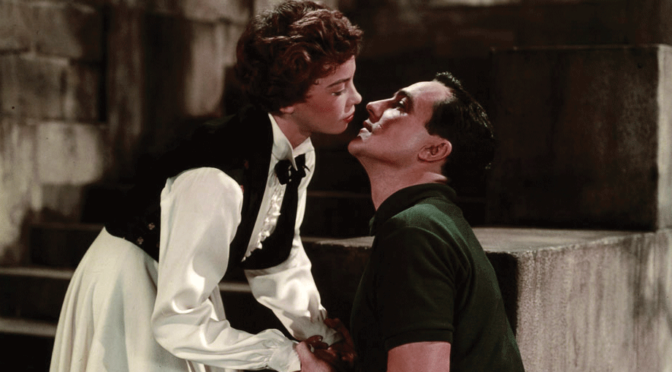I had some idle time in traffic this afternoon and my mind started to wander to the upcoming Turner Classic Movies Film Festival. TCMFF attendees get quite edgy the weeks before the final schedule release. To date we only know a handful of films — these can be found here. It’s a rock solid set of films, but nothing that sets my hair on fire. Not yet.
(By the way, passes still remain for the 2018 Turner Classic Movie Film Festival. If you feel like a trip to Los Angeles in late April, hurry over to the TCM page and pick up a pass today. It’ll be your best purchase of the year.)

Of those films I’m most excited to see my favorite Kurosawa, The Throne of Blood (1957), on a big screen and what I assume will be a 35mm print of The Taking of Pelham One Two Three (1974). The Set-Up (1949) also has some timely relevance because Raquel Stecher and I just discussed on a recent episode of Cinema Shame.
Still, I can’t help but consider the possibilities for what is yet to come. The theme for this year’s festival is Powerful Words: The Page Onscreen. We’re talking adaptations of famous works and writers. We’re talking movies about writers and landmark original screenplays. With that in mind, I let my brain ponder some potentials. What would I want to see with these parameters in mind?
Keep in mind I know absolutely nothing. Anything I guess here will likely not come true and anything I guess correctly will obviously be the product of true genius.
I’ll begin my frivolous exercise by considering big anniversaries. Which films do we have a monumental reason to celebrate? What are some films I’d like to see for the first time at TCMFF this year? Maybe some that just deserve a big screen? Here’s my picks for an Anniversary-oriented Turner Classic Movies Film Festival Wishlist for 2018.
Some Came Running (Vincente Minnelli, 1958)
Frank Sinatra plays a drunk novelist in this drama also starring Dean Martin and Shirley MacLaine. Not only was this Sinatra’s first film with Dino, Shirley MacLaine earned her first Academy Award nomination. Shirley has attended prior Turner Classic Movie Film Festivals, why not another? I’ve been on a Vincente Minnelli kick lately, so I figure I should scratch this off the list, too.
The Long, Hot Summer (Martin Ritt, 1958)
Steamy Paul Newman and Joanne Woodward melodrama based on the short stories of William Faulkner. All that plus Orson Welles, not a bad scribe in his own right. Prior festival attendee Angela Lansbury. Lee Remick. The film re-established Ritt’s career after the Blacklist and fast-tracked Newman’s career. The title came from William Shakespeare’s Hamlet and some of the characters were inspired by Tennessee Williams’ Cat on a Hot Tin Roof. Authorial pedigree, you guys.

The Swimmer (Frank Perry, Sydney Pollack, 1968)
Frank Perry’s excellent David & Lisa (1962) screened at last year’s festival. The Academy gave Perry a director nomination and his wife Eleanor Perry a screenplay nod for this film based on a short story by John Cheever. The Swimmer has received a bit of notoriety after a deserved rediscovery upon the release of the Grindhouse Blu-ray. I’m sure festival patrons would be thrilled to “discover” this Burt Lancaster great for themselves. If we’re talking unique and original voices, this film surely fits the theme.
Danger: Diabolik (Mario Bava, 1968)
If I could make one festival request, I would wish this upon everyone as a midnight screening. Not that it wouldn’t play well at any other time, but a midnight screening of Danger: Diabolik would tear the roof off of the Multiplex. I can’t make a connection to “Powerful Words,” except for the fact that it came from a series of Italian comics called Diabolik from Angela and Luciana Giussani.
Hooper (Hal Needham, 1978)
Notable for it’s gonzo stunts. Plus Burt Reynolds, Adam West and Sally Field, and I must always hope for a Burt Reynolds film. This would go over really well with a jazzed-up classic film crowd. Fits into the writing category ironically. No writers were needed for the making of this film — yet four are listed in the credits. Maybe Peter Bogdanovich could attend to discuss the Roger Deal character — who was apparently intended as a Bogdanovich spoof.
All that said, what do I know? And per usual, the best and most exciting films at the Turner Classic Movies Film Festival are the ones I didn’t know I wanted to see in the first place. I look forward to what TCM has in store for us… but I really wish they’d take the Danger: Diabolik request into consideration.
Please.
Cue Morricone’s opening theme:


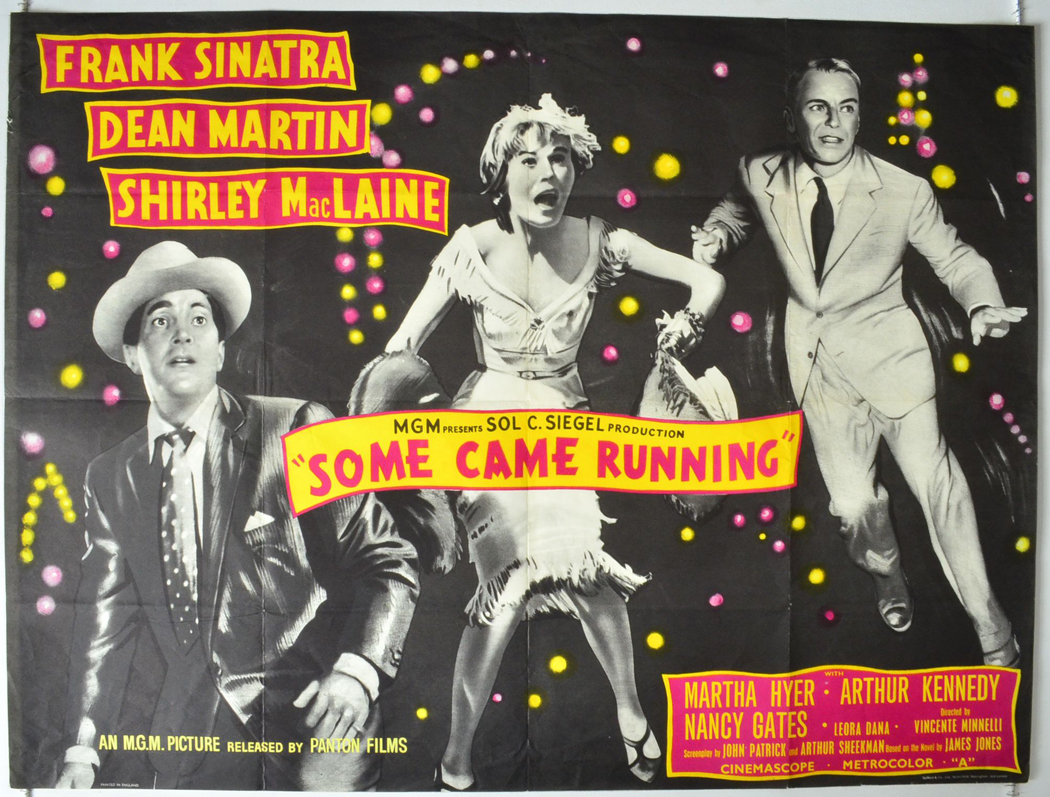
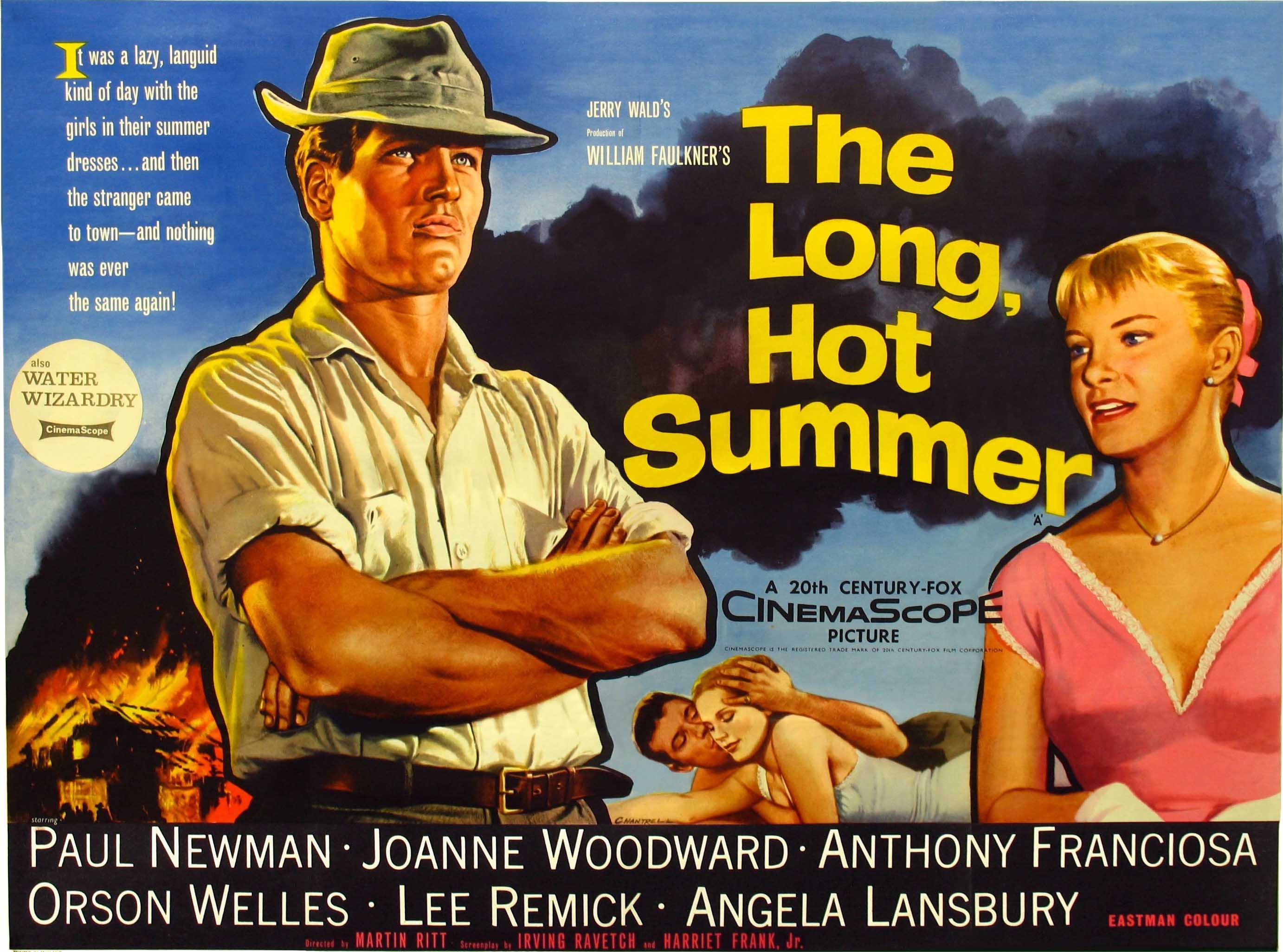
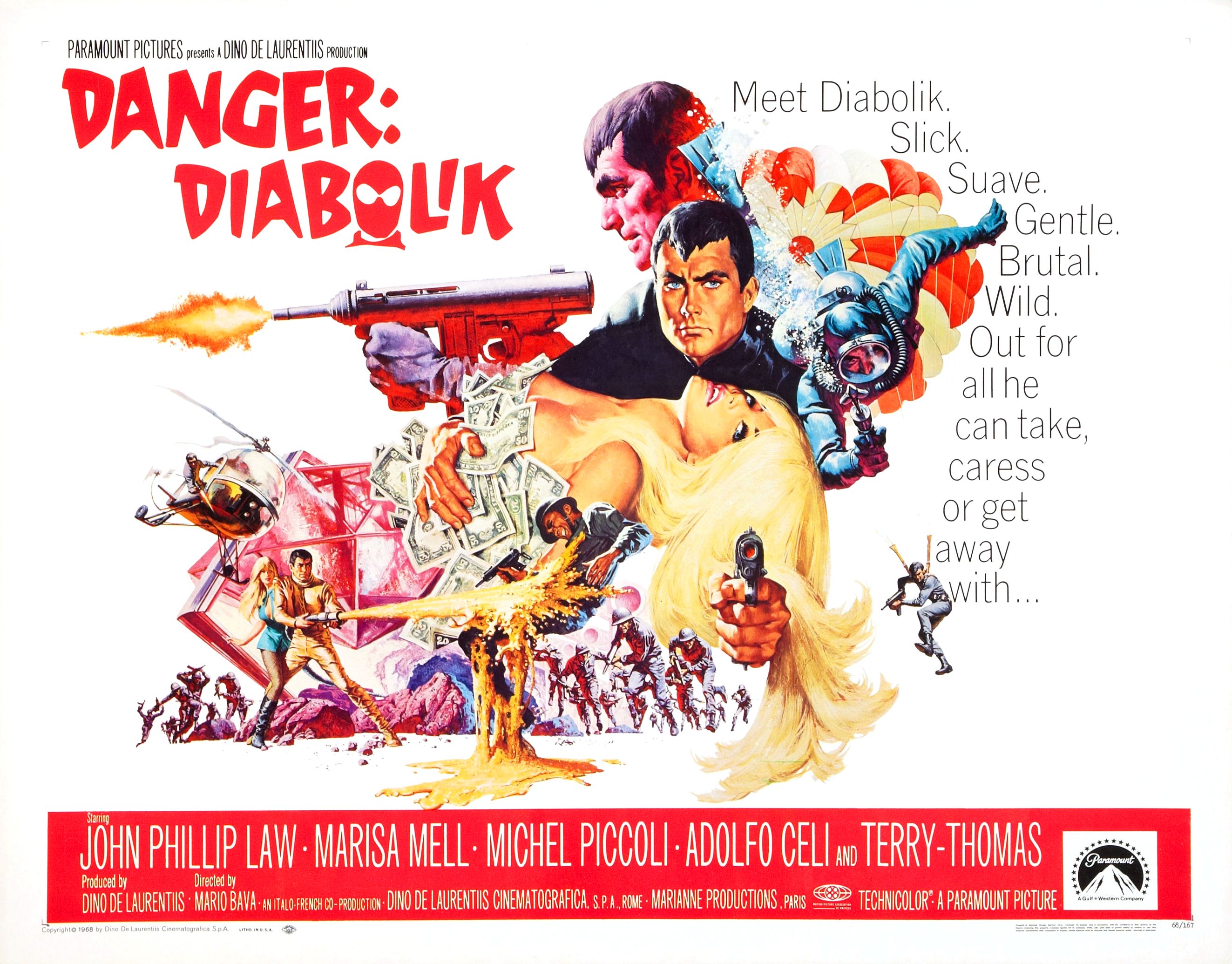
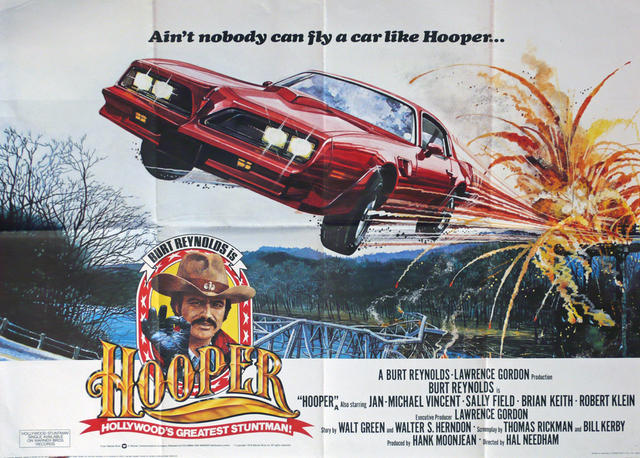
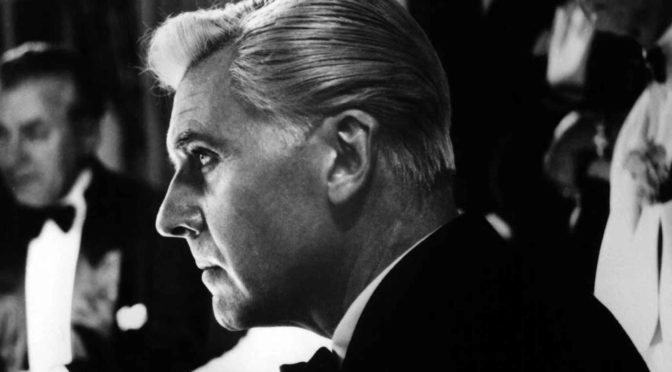


 Melville is tone and atmosphere. Bob le Flambeur, likewise, is all tone and atmosphere.
Melville is tone and atmosphere. Bob le Flambeur, likewise, is all tone and atmosphere.

